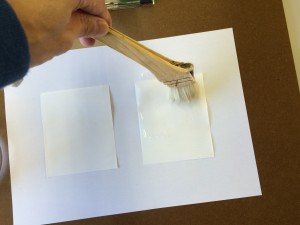
Flame retardant? Flame retardants? I’m often asked if the effect is different if the wording is different, so I will explain it.
This term depends on the industry used.
The materials are basically the same, and the effects refer to similar things.
A good general one is a flame retardant. Used in the chemical field and many other cases.
The term flame retardant is common in various standards for measuring the degree of combustion, and measures the level of flame retardancy.
On the other hand, non-combustible is a special kind of Japanese building materials.
The burning levels of building materials include flame retardant, semi-incombustible, and non-combustible. Therefore, the chemical used to obtain this noncombustibility certification is sometimes called noncombustible.
It is recognized that when manufacturing noncombustible wood, it is often referred to as wood noncombustible liquid.
However, drug manufacturers generally refer to them as flame retardants for wood. There are also flame retardants for plastic and paper.
The difference in recognition here is the word “flame retardant”. When a drug maker describes it as a flame retardant, it does not specify the effect up or down, but when a non-combustible wood maker hears the word flame retardant, it feels strange. The reason is that “flame retardant” is the lowest non-combustible performance at the burning level of building materials.
For this reason, when we ask our company, “It is a flame retardant for wood,” we often get asked, “Can you make non-combustible wood?”
I will explain it, but if there are too many, it is difficult to correct the perception, so if it is clear that it is an inquiry from the construction industry, we will say “non-combustible liquid / non-combustible agent”.
In conclusion, there is no problem recognizing that they are the same.









